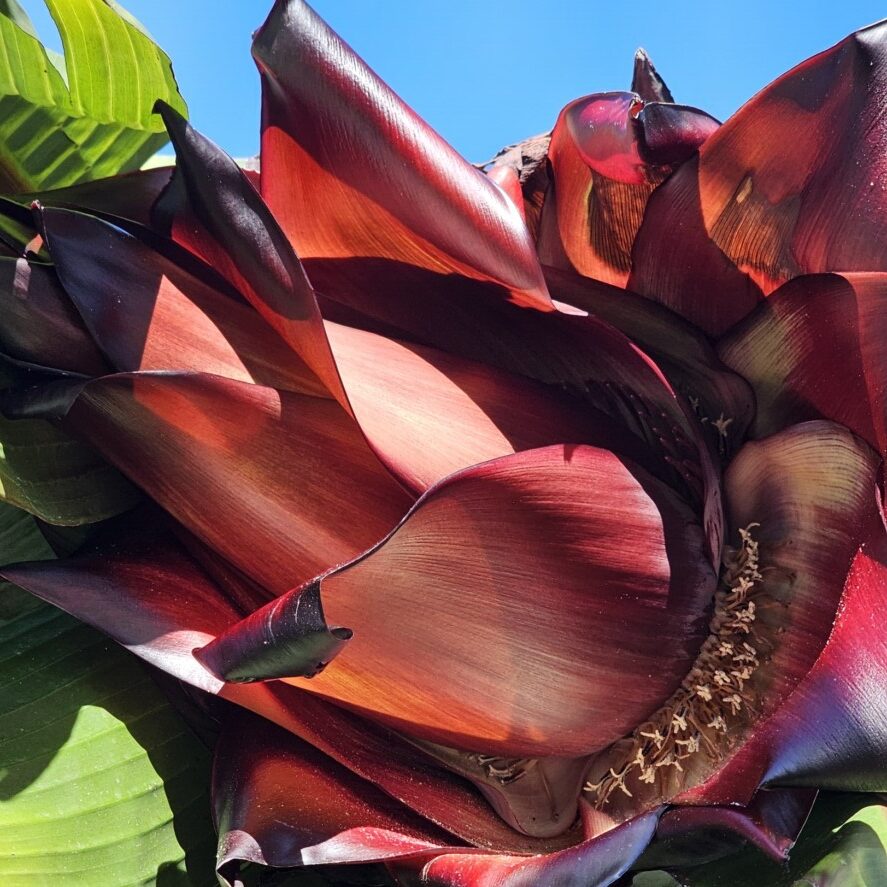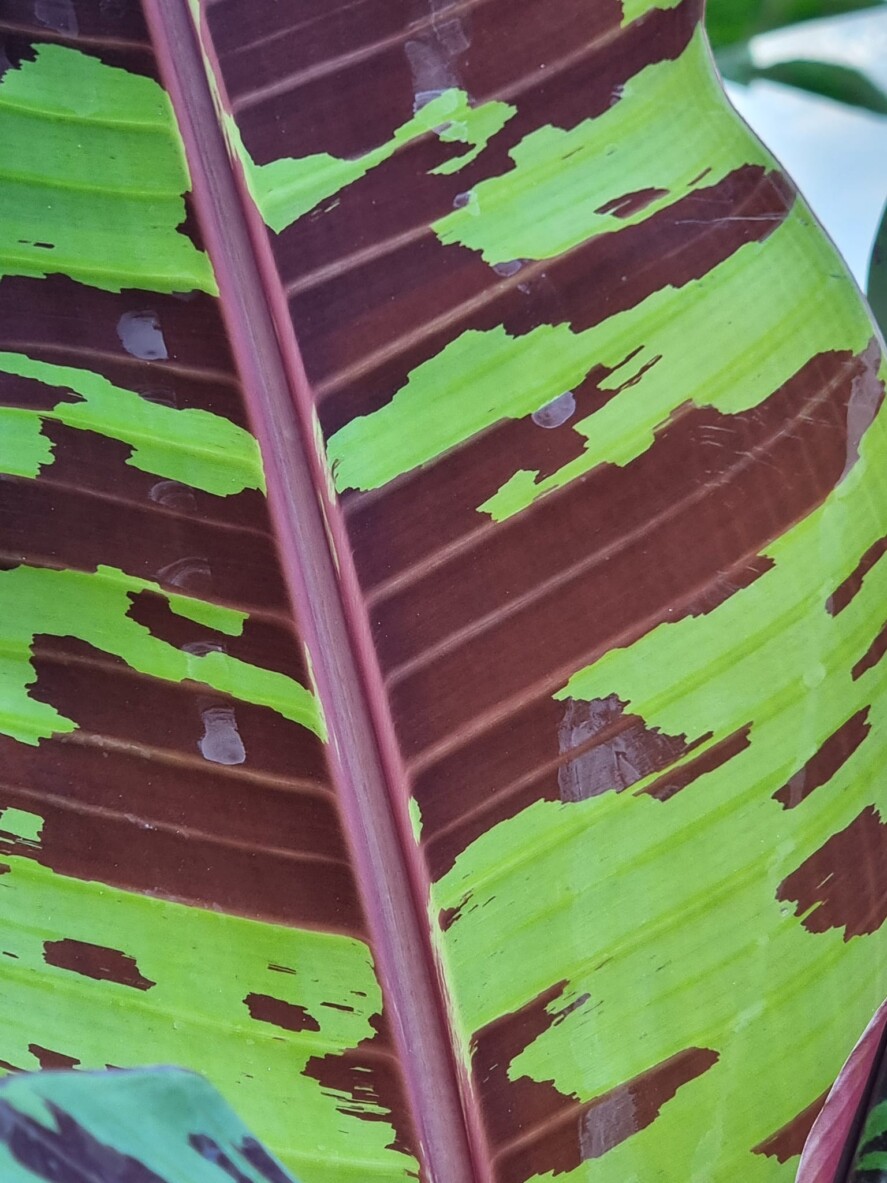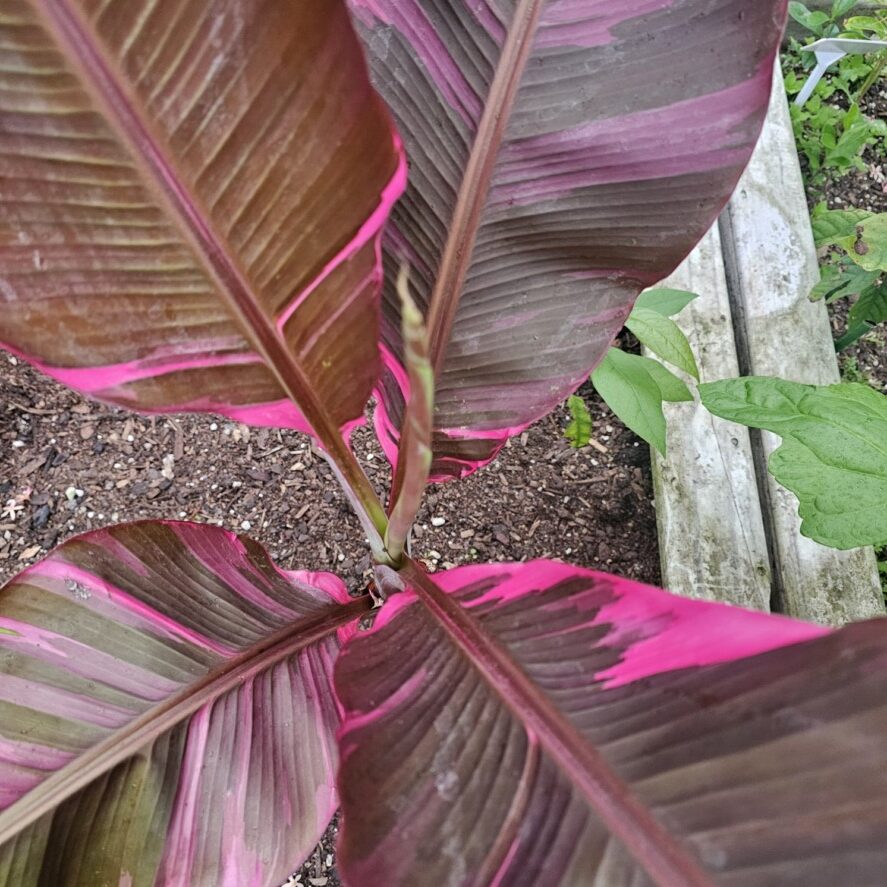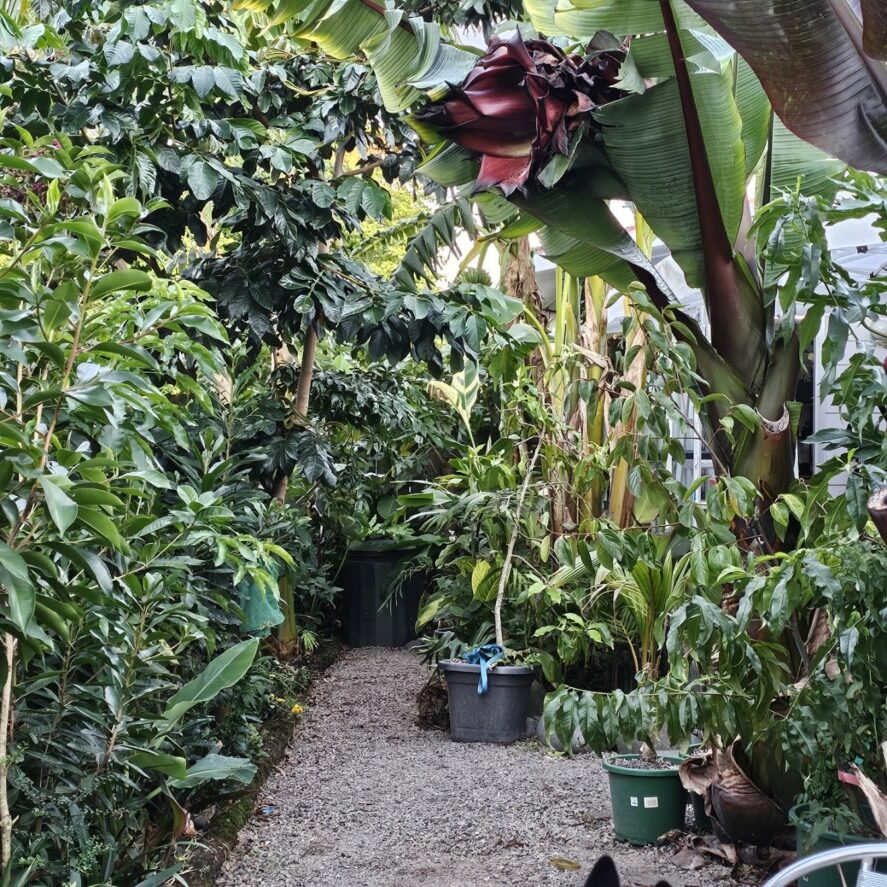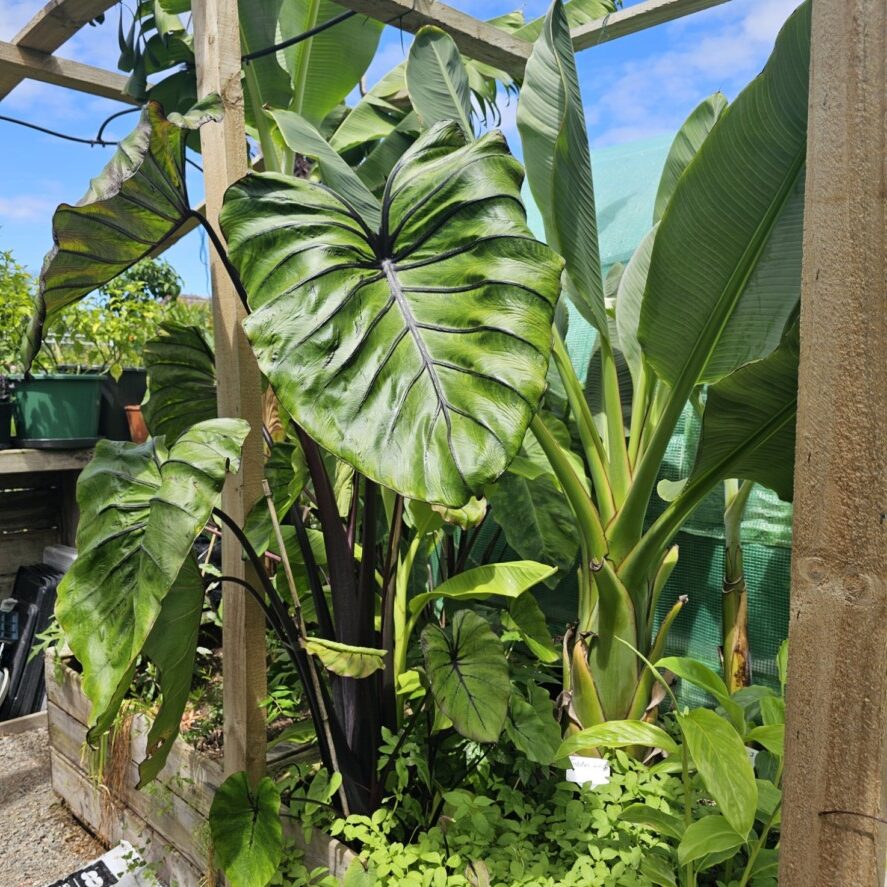Blackberry 'Thornless Rubus Ulmifolius' – Sweet, Juicy Berries Without the Thorns
Over the years, you may have longed for the delight of fresh blackberries without the battles against sharp thorns. The Blackberry ‘Thornless Rubus Ulmifolius’ offers a perfect solution, producing an abundance of sweet, juicy berries that are easy to harvest. With its thornless nature, you can enjoy gardening and snacking without the worry of scratches or scrapes. This informative guide will investigate into the characteristics, growing tips, and benefits of this remarkable berry plant, making it a fantastic addition to your garden.
Plant Description and Characteristics
Before you investigate into growing the thornless Rubus ulmifolius, it’s necessary to appreciate its remarkable features. This berry plant is known for producing sweet, juicy blackberries without the unpleasant thorns. The foliage is lush and dark green, contributing to its ornamental appeal. As the berries ripen, they turn a deep purple-black, making for a visually striking and delicious harvest. Overall, the thornless blackberry plant combines beauty with productivity, ensuring a fruitful addition to your garden.
Growth Habit and Size
Growth habits of the thornless Rubus ulmifolius are characterized by its semi-erect to spreading nature, providing you with a flexible growing option. Typically, this variety can reach heights of up to 4-6 feet if allowed to sprawl. It thrives best when given support, such as trellising, to maximize air circulation and sunlight exposure, ultimately enhancing your berry yield.
Foliage and Stem Features
With its broad, dark green leaves, the thornless blackberry plant offers an attractive complement to your garden. The leaves are generally palmate, consisting of 5-7 leaflets, and exhibit a glossy texture. The stems are green and upright, providing a sturdy framework for your berry production.
For instance, the leaves not only enhance the plant’s aesthetic but also play a vital role in photosynthesis, ensuring robust growth. The stems of the thornless variety are much more manageable than those of thorny types, allowing you to prune and train them more easily. This simplicity leads to fewer gardening challenges, letting you focus on achieving that sweet harvest of berries you desire.
Growing Requirements
While growing the thornless blackberry, you should provide optimal conditions to ensure a successful harvest. The plant thrives in well-draining soil and requires sufficient sunlight for healthy berry production. You can expect vibrant growth when you choose a suitable location and maintain healthy growing practices.
Soil and Light Conditions
On your journey to growing thornless blackberries, focus on rich, loamy soil with good drainage. Aim for a location that receives full sun for at least six to eight hours daily. This combination will promote robust growth and enhance the sweetness of your berries.
Water and Fertilization Needs
An effective watering schedule is crucial for your thornless blackberry plants. They prefer consistently moist soil but be cautious of overwatering. Fertilizing your plants regularly with a balanced fertilizer will support their growth, especially during the active growing season.
Light watering can lead to better yield and berry quality, while ensuring the soil is never completely dry. When fertilizing, apply a balanced mix during early spring and again during mid-summer to fuel their development. Monitoring these needs will lead to bushier plants and more abundant fruit. Keep an eye on your soil moisture and adjust your watering practices as necessary to achieve the best results.
Planting and Propagation
If you’re excited to grow your own thornless blackberry, consider planting in late spring or early fall for optimal results. Choose a sunny spot with well-draining soil to help your plants thrive. Ensure adequate spacing between plants to promote airflow and reduce disease risk. You can easily establish a hardy crop by preparing your site and following proper planting techniques.
Planting Methods
With various planting methods available, you can choose between bare-root planting or container-grown plants. Bare-root plants should be soaked in water for a few hours before planting, while container plants need to be gently removed from their pots. Whichever method you choose, planting in nutrient-rich soil will encourage healthy growth and a bountiful harvest.
Propagation Techniques
Techniques for propagating thornless blackberries include stem cuttings and layering, both of which are effective ways to expand your berry patch. Stem cuttings should be taken from healthy, vigorous plants and rooted in moist soil, while layering involves burying a section of a stem to encourage new roots to form.
This simple process can yield several new plants from a single parent. By selecting healthy, disease-free stems, and ensuring they are kept moist, you can maximize your success. Patience is key, as root development can take several weeks. Once rooted, these new plants can be carefully transplanted to your desired location, where they’ll likely flourish and produce delicious berries for years to come.
Maintenance and Care
Despite their thornless nature, Blackberry ‘Thornless Rubus Ulmifolius’ requires proper maintenance and care to thrive. Ensure you water them regularly, especially during dry spells, and apply mulch around the plants to preserve moisture. Fertilizing in early spring with a balanced fertilizer will promote healthy growth and bountiful fruit production. Regular monitoring for weeds will also help your plants flourish, as competition for nutrients is not favorable.
Pruning and Training
Above all, proper pruning and training are vital for managing your Thornless Blackberry plants. In late winter or early spring, cut back last year’s canes that fruited to encourage new growth. You can also thin out canes to improve air circulation and sunlight access. Training canes to a trellis or fence will support vertical growth, making harvesting easier.
Disease and Pest Management
Above all, be vigilant about disease and pest management to keep your plants healthy. Inspect your blackberry plants regularly for signs of pests such as aphids or spider mites. If you notice any infestations, treat them promptly with organic insecticidal soap or neem oil. Fungal diseases like powdery mildew can also affect blackberries, so ensure good air circulation and avoid overhead watering to reduce moisture on leaves.
Also, implementing preventative measures is crucial for maintaining your blackberry’s health. By rotating planting locations each year, you can minimize soilborne diseases. Incorporating companion planting, like marigolds, can deter pests naturally. Regularly removing any dead or diseased plant materials will also prevent the spread of issues, ensuring your berry harvest remains robust and plentiful.
Harvesting and Fruit Production
Many gardeners appreciate the ease of harvesting the thornless Rubus Ulmifolius, as the absence of thorns allows you to gather your berries without the usual scrapes and cuts. Once established, these plants produce an abundance of sweet, juicy berries, making them a valuable addition to your garden. For the best quality fruit, it’s necessary to harvest at the right time and ensure proper care throughout the growing season.
Ripening and Picking Time
With careful attention to your blackberry plants, you can determine the optimal time for harvest. Typically, the berries begin to ripen in mid to late summer. It’s best to pick them when they are fully colored, soft to the touch, and easily detach from the stem for the sweetest flavor and best texture.
Yield Expectations
Along with ease of harvesting, you can also expect impressive yields from your thornless blackberries. Under ideal growing conditions, a well-maintained plant can produce several quarts of berries each season, offering you a bountiful harvest for fresh eating, preserves, or desserts.
The yield can vary based on factors such as soil quality, sunlight, and watering practices. If you provide your plants with proper care, including adequate spacing and support for the canes, you can maximize your yield. With time and commitment, you’ll be rewarded with an abundance of berries, ensuring plenty of delicious treats for you and your family.
Culinary Uses and Storage
Your culinary adventures with the thornless blackberry are infinite. These sweet, juicy berries are perfect for fresh eating, adding to yogurt, or incorporating into smoothies, desserts, and salads. They can also be cooked down into sauces, jams, and jellies, allowing you to savor their flavor year-round. Their versatility makes them a delightful addition to both sweet and savory dishes, elevating your meals with their rich taste.
Fresh and Cooking Applications
Uses of thornless blackberries are plentiful. You can enjoy them fresh, or they can be cooked into various dishes. Their natural sweetness pairs well with savory options like salads or baked goods. Additionally, adding them to desserts, such as pies or crumbles, enhances the flavor profile and adds a vibrant color to your culinary creations.
Preservation Methods
Storage is imperative for enjoying thornless blackberries beyond their harvest. You can freeze, can, or make gourmet jam to maintain their sweetness. Each method offers a unique way to preserve the berries while enabling you to enjoy their flavor throughout the year.
Preservation of thornless blackberries allows you to capture their essence for later use. Freezing is one of the simplest methods—wash and dry the berries, then store them in an airtight container or freezer bag. Canning and making jams require more effort but yield delicious results that complement a variety of meals. By using these preservation methods, you can extend the lifespan of your berries, turning them into delightful treats any time you crave their flavor.
Conclusion
Following this, you can confidently cultivate the Blackberry ‘Thornless Rubus Ulmifolius’ in your garden, reaping the rewards of sweet, juicy berries without the hassle of thorns. This variety not only enhances your gardening experience but also enriches your palate with delicious fruits perfect for fresh eating or preserves. By choosing this thornless option, you ensure an easier and more enjoyable berry-picking experience, making it ideal for families and berry enthusiasts alike. Embrace the benefits of this exceptional blackberry variety and enjoy the fruits of your labor every season.

